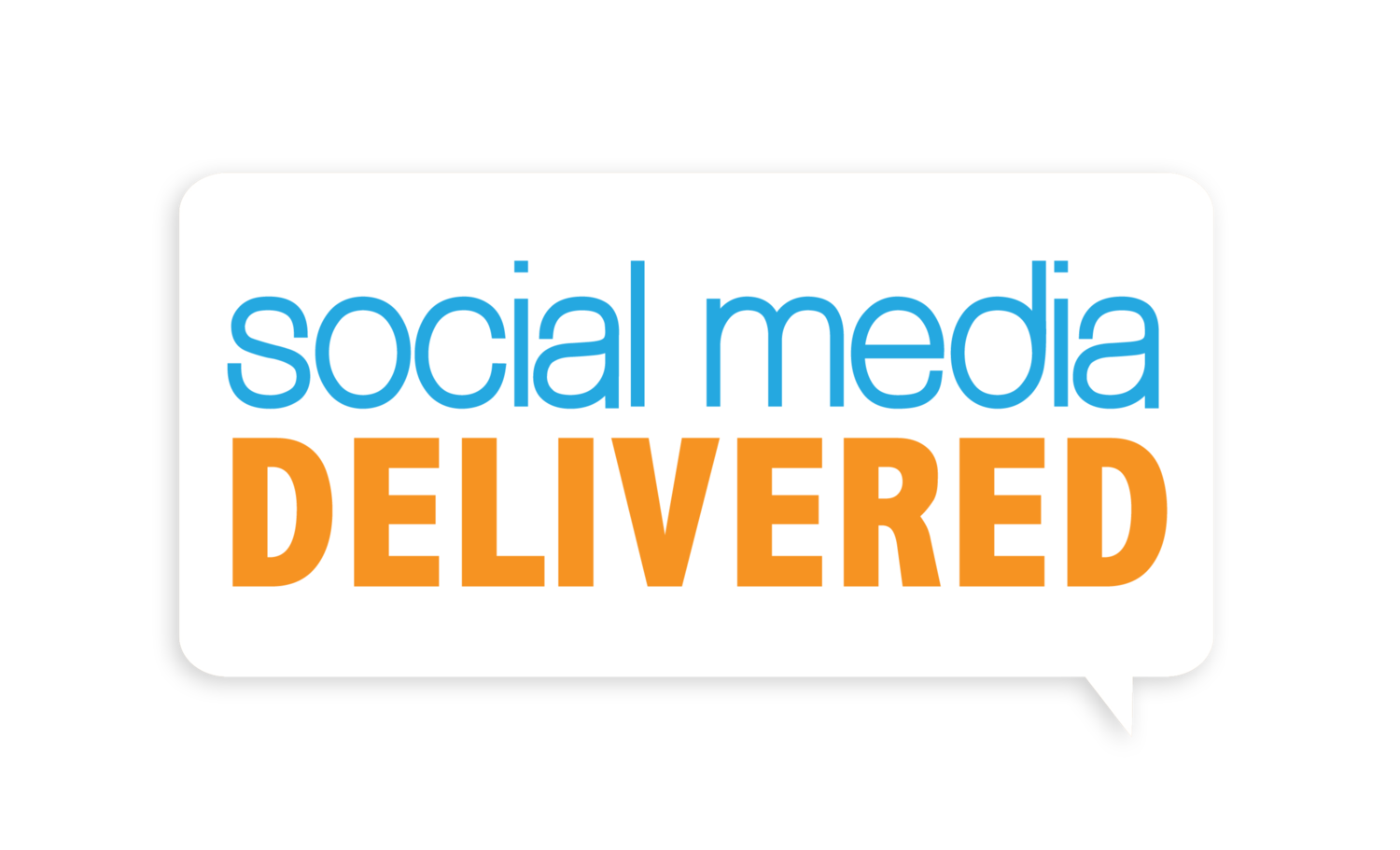All Social Media Platforms are Not Created Equal
Will Aleman | @SolaniSayz Every social media platform is different from the other, so while we know they should all be utilized differently, how do you determine what to do on which platform? The first step is to assess what goals you want to accomplish using social media. Once you have your purpose in mind, you can easily decide which to use. Check out this brief breakdown of the major social media platforms and their individual purposes.
Facebook is best utilized when two-way communication is imperative. Public dialogue can be effortlessly created and monitored on this platform. Through this medium, content is allowed to be more interactive. Potential consumers can like, comment, repost and interact with content. Why should your business focus on interacting? Because by engaging the public, you are building trust.
Twitter is best for bite-sized content that’s quick and easy to digest. The character limit can be a setback for some, but Twitter is still an invaluable source because you can produce content quickly and effectively. In addition, Twitter has the best general audience with over 284 million active users, 80 percent of them being mobile users. This presents an amazing opportunity for your content to be displayed on potential consumers' mobile devices.
Instagram is the popular, up-and-coming social application. With its content being pictures, this app is heavily image-based, and utilizing aesthetics allows room for creativity. Your content has more of a chance to stick with this audience.
YouTube is great for brand awareness and promotion. This medium allows you to be more personable and appealing. You get to put a face on your company or brand by posting videos. Again, this goes back to trust. Videos that showcase exactly what your company does will help tremendously to personify the brand.
In addition to choosing the correct medium for your content, you must also consider the different niche and subcultures that each platform has. Keep in consideration that the target audience will differ accordingly. For example, if I want to reach college students, I would have a greater chance of reaching them on Twitter and Instagram. According to pewinternet.org, 89 percent of Twitter users have consisted of people who are 18–29 years old. Being mindful of your target audience is very important when choosing which social platform best suits your needs.
